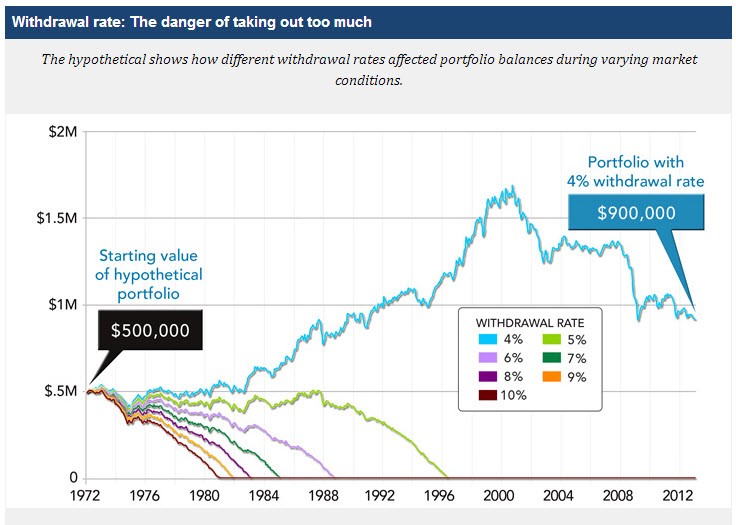Building Your Portfolio Taxdeferred and Taxfree Accounts
Post on: 23 Июнь, 2015 No Comment

Tax-deferred and Tax-free Accounts
For long-term goals such as retirement or education for your children, you can give your portfolio a significant boost by taking full advantage of any available tax-deferred and tax-free investment accounts.
When you invest through a tax-deferred account, including traditional individual retirement accounts (IRAs) and employer sponsored plans, such as 401(k)s, you don’t owe income tax until you begin making withdrawals from the account, presumably after you retire. Because you don’t have to pay taxes on your earnings every year, your investment compounds untaxed, significantly enhancing its long-term growth potential. In some cases, you can defer taxes on your contributions to these accounts as well, helping your account to compound even faster.
You may reap even greater tax advantages with a tax-free retirement or education account, such as a Roth IRA or Roth 401(k) (if your employer offers this alternative), or a 529 college savings plan or Coverdell education savings account (ESA). As with tax-deferred accounts, you owe no tax on current income or capital gains on realized profits in a tax-free account. In addition, your withdrawals are federally tax-freeand may be exempt from state and local income tax as well, depending on the type of accountprovided you follow the rules for withdrawals.
You’ll want to give some thought to the types of investments that are best suited for tax-deferred and tax-free accounts. Growth investments, such as stock and stock funds, benefit from the potential for long-term compounding. The only drawback is that withdrawals from tax-deferred accounts are taxed at your regular tax rate, which is higher than the rate you’d pay on qualified dividend income and capital gains. Bonds also have a place in your tax-deferred and tax-free accounts, as do mutual funds and ETFs that invest in stocks and bonds.
Since most bond interest is taxable at your regular rates, you don’t increase what you owe by holding bonds in tax-deferred accounts. However, investments that are already tax-exempt, such as municipal bonds or municipal bond funds, may not be suitable for tax-deferred accounts and typically are more appropriate for a taxable account or a Roth account. When you hold a tax-exempt investment in either a taxable or tax-free account, you do not have to pay taxes on the interest you earned. But, because of how the tax law works, if you hold a tax-exempt investment in a tax-deferred account, your earnings become taxable when you withdraw them. In some cases, purchasing a tax-exempt investment in a tax-deferred account may be suitable. For example, a tax-exempt municipal bond may offer a higher yield than a similar taxable bond, even taking into consideration the loss of the tax exemption. If your investment professional recommends a tax-exempt instrument for your tax-deferred account, ask how he or she determined that the investment was appropriate for you. In addition, your investment professional must make a disclosure to you regarding the loss of the tax exemption.
Once you’ve devised a strategy for choosing investments appropriate to each of your goals, you’ve taken a major step toward meeting them. But building your portfolio is just the first part of the process. You may also find that as your life circumstances or priorities evolve, or as a major goal approaches, that you need to change the mix of investments in your portfolio. That’s all part of being an investor.
- prev














